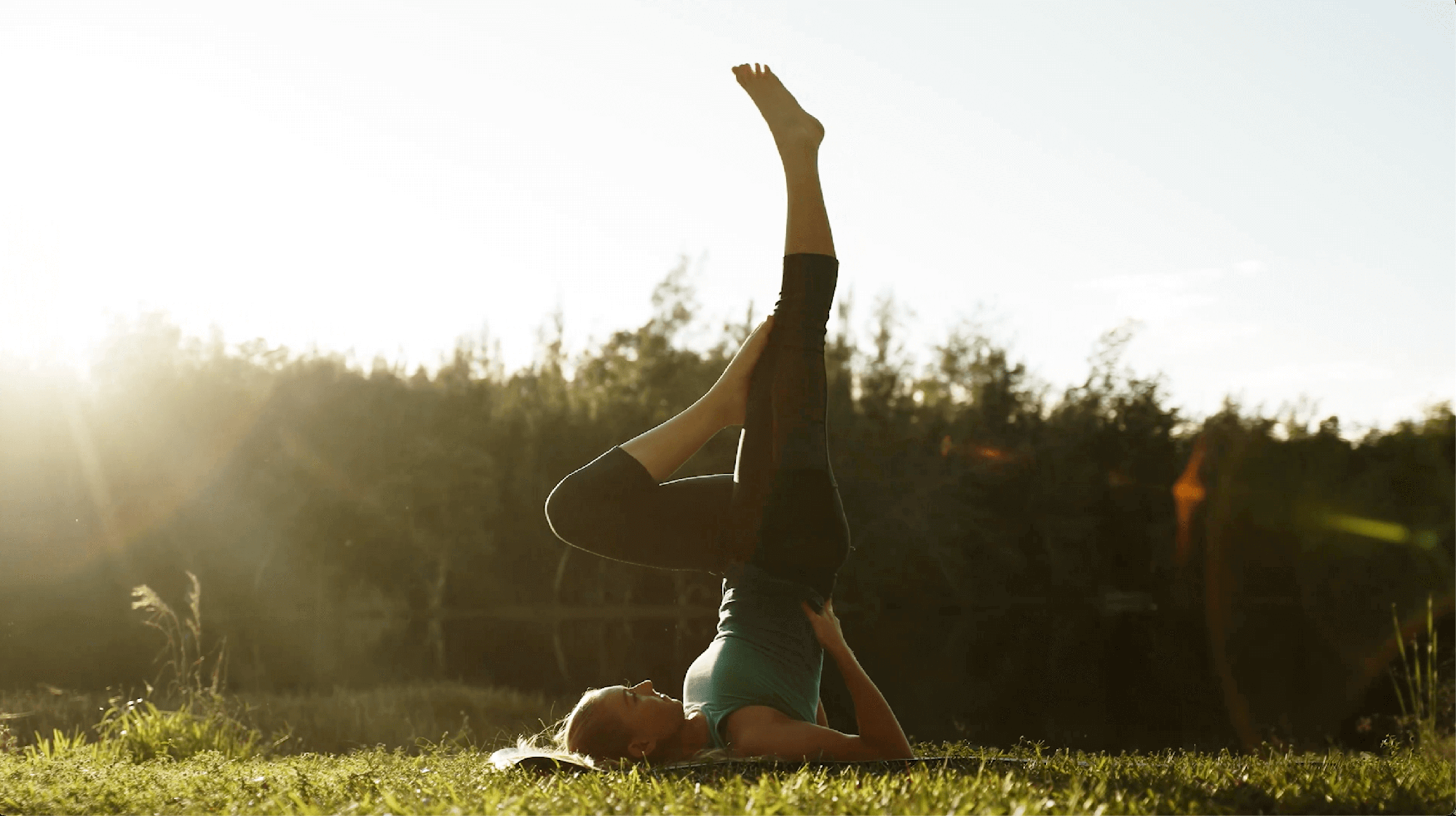Pilates has gained popularity as a holistic exercise system developed by Joseph Pilates in the early 20th century. It focuses on strengthening core muscles, improving flexibility, and enhancing overall body awareness and control. Unlike high-impact exercises, Pilates emphasizes precise movements with controlled breathing patterns to engage muscles effectively.
Does It Work for Weight Loss?
The effectiveness of Pilates workout for weight loss is a common question among fitness enthusiasts. While it may not burn calories as quickly as intense cardio workouts like running or cycling, Pilates offers unique benefits that contribute to weight management and overall fitness.
Research on Pilates' specific impact on weight loss is limited but promising. Studies suggest that Pilates can improve body composition, increase muscle tone, and enhance overall fitness levels, which indirectly support weight loss efforts.
How Does It Aid Weight Loss and Change the Body?
Pilates aids weight loss and change the body through several mechanisms:
- Muscle Toning: By targeting core muscles and other muscle groups, Pilates increases muscle mass. Muscle burns more calories than fat, thereby boosting metabolism.
- Improved Posture: Better posture from Pilates exercises can make you appear leaner and more toned.
- Stress Reduction: Pilates promotes relaxation and reduces stress levels, which can help prevent emotional eating.
- Enhanced Flexibility: Improved range of motion and joint mobility.
How Many Calories Does Pilates Burn?
The calorie burn during Pilates varies depending on factors like intensity, duration, and individual body weight. On average, a 155-pound person can burn about 180 to 360 calories per hour with Pilates.
How Often to Practice It?
If time is limited, aim to practice Pilates 2-3 times per week. Consistency is key to building strength, improving flexibility, and supporting weight loss goals.
If your schedule allows, practicing daliy can be beneficial. Sarah Brooks, a certified Pilates instructor and founder of Brooks Pilates in New York City, explains that unlike more intense exercises like weightlifting or resistance training, Pilates is gentle on the body and typically doesn't require rest days between sessions. "Because Pilates is low-impact and doesn't strain muscles like those other workouts, you can do Pilates more often," she says. Brooks suggests that if your schedule permits, dedicating just 20 minutes a day to Pilates can be a good way to incorporate cardio into your routine.
Effectiveness of Pilates for Different Fitness Levels
1. Beginners
For beginners, Sweatbox Yoga advises starting with basic Pilates exercises to build core strength and flexibility gradually. This approach allows beginners to develop proper form and alignment before progressing to more challenging movements.
2. Intermediate and Advanced Practitioners
Intermediate and advanced practitioners can benefit from incorporating advanced Pilates techniques and equipment, such as reformers or resistance bands. These tools add resistance and challenge, further enhancing muscle engagement and calorie burn.
Pilates Exercises for Weight Loss
1. Mat-Based Pilates
Mat-based Pilates exercises are accessible to most individuals and can be performed anywhere with minimal equipment. These exercises focus on core strength, balance, and flexibility, promoting overall body awareness and control.
2. Reformer Pilates
Reformer Pilates utilizes a specialized machine equipped with springs and a moving carriage. This equipment provides resistance and support, allowing for a wider range of exercises that target different muscle groups effectively. Reformer Pilates can intensify workouts and facilitate faster progress in strength and flexibility.
Tips for Maximizing Weight Loss with Pilates
1. Consistency and Frequency
Consistency is key to any fitness program, including Pilates. It's recommended to practice at least 2-3 times per week to experience noticeable improvements in strength, flexibility, and potentially weight loss over time.
2. Nutrition and Hydration
USA Today underscores the importance of nutrition and hydration in conjunction with Pilates. A balanced diet that supports energy levels and muscle recovery, coupled with adequate hydration, enhances the benefits of Pilates for weight loss.
3. Set Reachable Goals & Track Your Progress
Instead of a vague goal like "lose weight," define clear, precise, and quantifiable goals that are realistic, relevant, and time-bound. For example, "I want to lose 5 pounds in 2 months," "lose 3 inches from my waist," or "lower my body fat rate to 23%."
Keeping a record and tracking your progress is important as it reminds and motivates you to persist and helps you adjust your goals and workout plan if necessary. Devices like the BodyPedia Body Composition Scale are helpful, as they tell you your ideal weight and help monitor body fat rate, body measurements, and fat levels in different parts of the body.
Pilates vs. Cardio
While Pilates offers significant benefits for strength, flexibility, and core conditioning, cardio exercises like running or cycling typically burn more calories in a shorter period. Combining both Pilates and cardio can maximize weight loss and overall fitness.
Summary
In summary, Pilates is a valuable addition to any weight loss regimen due to its ability to strengthen muscles, improve flexibility, and enhance overall well-being. While it may not be the primary calorie-burning exercise, its holistic approach supports sustainable weight management by promoting muscle toning, stress reduction, and better posture. For optimal results, integrate Pilates into a balanced fitness routine that includes cardiovascular exercises and a healthy diet.
By understanding these principles and incorporating Pilates into your lifestyle, you can achieve gradual but sustainable weight loss and improve your overall health and fitness levels.


